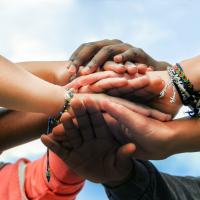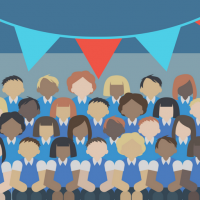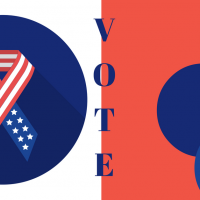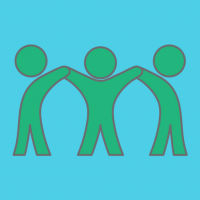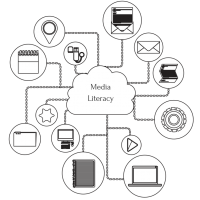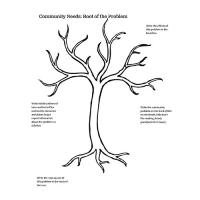Four Types of Service
Young people who seek to address an issue they care about have many creative opportunities to consider. Exploring these four ways to take action is a starting point for critical thinking. It is important to include the people who are closest to the...
